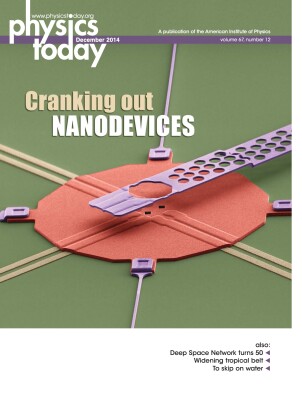Diverse suggestions for improving physics teaching
DOI: 10.1063/PT.3.2603
In their article Lauren Aguilar, Greg Walton, and Carl Wieman
Although I find most of what the authors describe compelling, I am disturbed by the data presented in figure 3a, which shows that “values-affirmation interventions” can considerably reduce the gender gap: They bring up the average exam scores of women and bring down the average exam scores of men. The error bars—representing the standard error—do not come close to overlapping between the control and intervention groups in either demographic. Thus the figure would suggest that while the intervention reduces the gender gap, it also reduces the success rate of the top physics students in a manner that is statistically significant.
I’m disturbed that the authors ignore a seemingly negative consequence of focusing more on shrinking the gap than on boosting overall performance. Perhaps such interventions are supplanting some of the time devoted to teaching physics skills, or perhaps they are sending other unintended messages to top students, who may themselves be an academically and culturally distinct minority. On the other hand, it is entirely possible that the error bars are large enough to obviate such a conclusion, and therefore all of the reported intervention gains are also insignificant.
In the end, we must ask an inconvenient question: Which is more valuable—training the best future physicists or equalizing success across gender and culture? I’m not sure I have a cogent answer.
More about the Authors
Aaron Slepkov. (aaronslepkov@trentu.ca) Trent University, Peterborough, Ontario, Canada.
